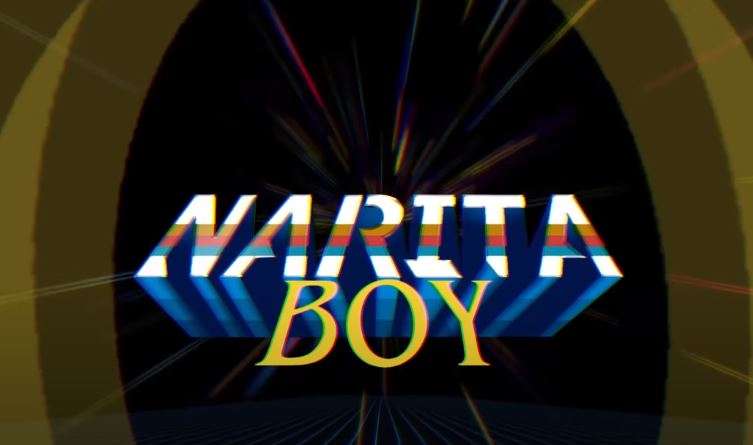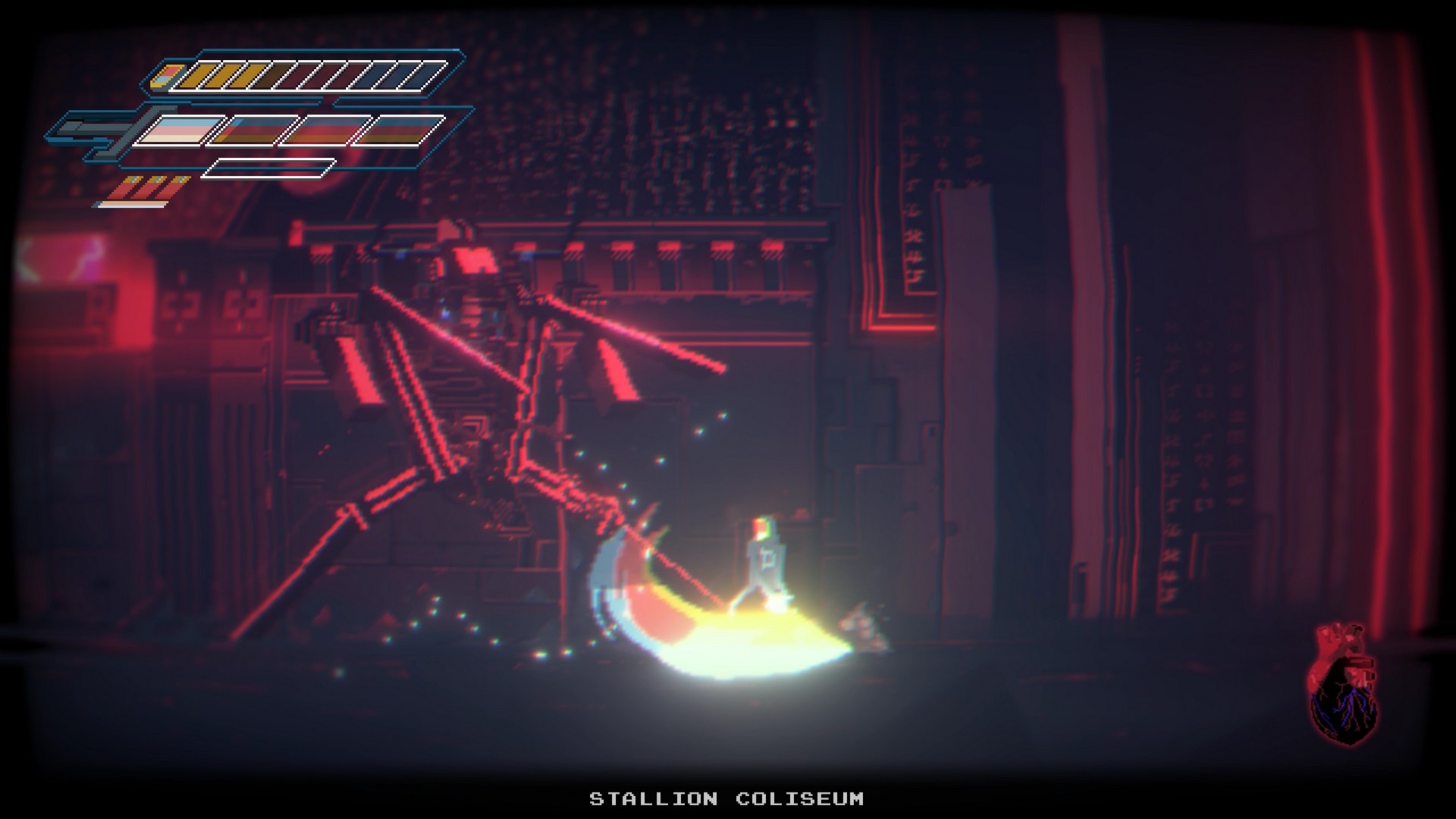

To name a few, these include Cuphead, Olija, Enter the Gungeon, Mailmole, Sword of the Necromancer, Loophero, Stardew Valley, Blasphemous, Gris, Overcooked 2, The Escapists, and of course big titles like Cyberpunk 2077. We have played basically all the new titles landing on all the platforms, but we have a preference for indie titles, not only for supporting them but also because we love indies. GR: When you aren’t working on Narita Boy, what other games are you and your team currently playing? Are there any fellow indie developers or specific titles you find exciting and inspiring?Įd: Most of us are big gamers. We have had other collaborators, like 2D sprite animator Juan Diez Copy and Script Editor José Valenzuela and Sound Engineer David Batalla. He also coordinated with Salvador to create the proper tools to integrate the FX and audio of the game. Rounding off the team is David Flores, Lead Programmer and Game Designer with Eduardo Daniel Tomás, Senior Programmer and Combat Designer and Adrián Chamorro, Senior Programmer and in charge of UI/UX parts. Then we have Chie Wakabayashi as our Office Manager, Kickstarter Communications lead, and Japanese social media person. There is also Salvador Fornieles - or Salvinsky as he is known – as the Music and FX composer as well as the Finance Manager (the money guy). I developed the story of Narita Boy, the script, the game and level design, the visuals, and the animation.

There’s myself, Eduardo Fornieles, and I’m Creative Director and CEO. How many people are collaborating on Narita Boy?Įd: Currently we are six people in the team very few compared with other productions. GR: Tell us a little bit about your team. So, little by little we have overcome all those difficulties and now we can say that we are a very strong and unified team ready to keep on making games.

Also, the team has been growing to include new members with more experience and skills, making a bigger and solid team. Because it was our first game, we have found and faced many issues, but we have been learning and thanks to our partner and publisher (Team17) and their advice, we ended up creating the vision we had in mind. GR: How long has Narita Boy been in development, and how has it evolved throughout the process? Any major changes that turned everything on its head?Įd: We have been developing Narita Boy for four years since we successfully launched our Kickstarter campaign. So, we put all this in the blender and Narita Boy's OST came up. I am also a fan of Vangelis, Isao Tomita, and synth-pop bands from the ‘80s (OMD, Depeche Mode), as well as modern artists with an ‘80s feel (Daft Punk, Deadmau5).
Narita boy steam tv#
Back in the ‘80s I loved TV theme tunes from Knight Rider, Airwolf, Street Hawk, V (the visitors), and all of them were made with synthesizers. We also wanted to appeal to people's nostalgia too. Then for every part of the game there was a particular flavor - Yellow House had to sound baroque and sad, Blue House mystic, and Red House obscure - and from there I had complete creative freedom.

This is a chord played note by note to give this feeling of circularity with mystery (when exploring) or danger (when fighting). Eduardo established a clear rule: synthesizers everywhere, epicness, and the use of the arpeggio.
Narita boy steam movie#
What I know is that we decided that the music had to sound pure ‘80s, but more like an OST from a John Carpenter movie than from a modern synthwave artist. I don't know if Narita Boy's music is synthwave, or only synthwave - this is for critics to say. And thanks to modern computers you can have at home all the sounds that were popular in the ‘80s!įor me doing ‘80s flavored music is a way of composing music, a way of creating simple and emotional melodies that appeal to people's nostalgia. It is how we see the ‘80s today, how we think ‘80s music would have evolved, or how we would have liked the ‘80s to sound back in the day if we had had modern equipment. Synthwave is modern electronic music made with sounds and tools that have an ‘80s signature, but a bit different. Sal: I would say that synthwave is music that, when you listen to it, takes you back to the ‘80s. GR: How would you describe Synthwave to people who are unfamiliar with it, and why did your team choose that aesthetic for Narita Boy? GR: Are there aspects of game design from the 80s that you think developers have forgotten, or lost track of that should make a comeback?Įd: There are some aspects of ‘80s game design that we would have liked to include in Narita Boy, but it did not fit in naturally with the core experience.


 0 kommentar(er)
0 kommentar(er)
